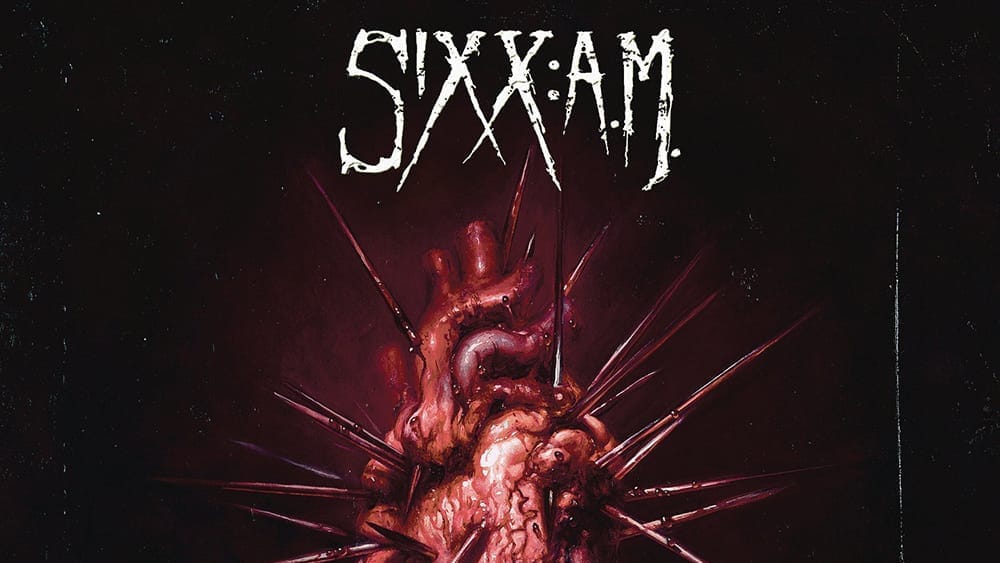Album review: This Is Gonna Hurt – Sixx A:M
The Sixx side-project’s somophore album drops the concept of their first outing and finds them settling into a radio-rock groove.

Sixx:AM began as a one-time collaboration between Mötley Crüe bassist, Nikki Sixx, former Beautiful Creatures and then-current Guns N' Roses guitarist DJ Ashba, and producer/vocalist James Michael.
In 2007, Sixx had recently written a book about his experience with heroin addiction during the height of the Crüe’s mid-80s fame and enlisted Ashba and Michael to write an album to accompany the book, also titled The Heroin Diaries.
Both projects were a success, which made the trio revisit the supergroup for another album released alongside Sixx’s latest book — This Is Gonna Hurt — in 2011. The album follows a similar formula, but with a less cohesive theme this time around.
The book is less linear — more of a mash-up between his photography and written blog-style chapters. The album takes a similar approach, taking the aesthetic of the first album, while focusing on each track rather than the record as a whole.
Stylistically, it most resembles Motley Crüe’s 2008 album, Saints of Los Angeles. That’s not too surprising, as Sixx wrote and produced most of it with Ashba and Michaels. If you’re a fan of latter-day Crüe, then you’ll know what to expect here.
It does lean more towards modern alternative rock than the glam metal stomp that made Sixx famous, and the rockier numbers are carefully, digitally arranged to blend in on rock radio too.
There’s Lies of the Beautiful People — a rewrite of The Heroin Diaries single Life is Beautiful — and Oh My God, which are catchy tracks and some album highlights, even if the production sanitises Sixx’s infamous rougher edges.
But without a concept to write around, TIGH is less consistent than its predecessor. The slower songs like Smile feel a bit like filler and its hard to distinguish between a few of them once the record stops.
Perhaps this isn’t too surprising. The way people listen to music shifted a lot in the four years between the two albums, with fans more likely to pick and choose individual tracks to download than whole albums to listen to end-to-end.
The three musicians are experienced and savvy, and it’s probable that they considered this, but it does make for a less enjoyable album overall, even if there are a couple of songs that sound like vault tracks from the first release.
Listen: Apple Music | Spotify

